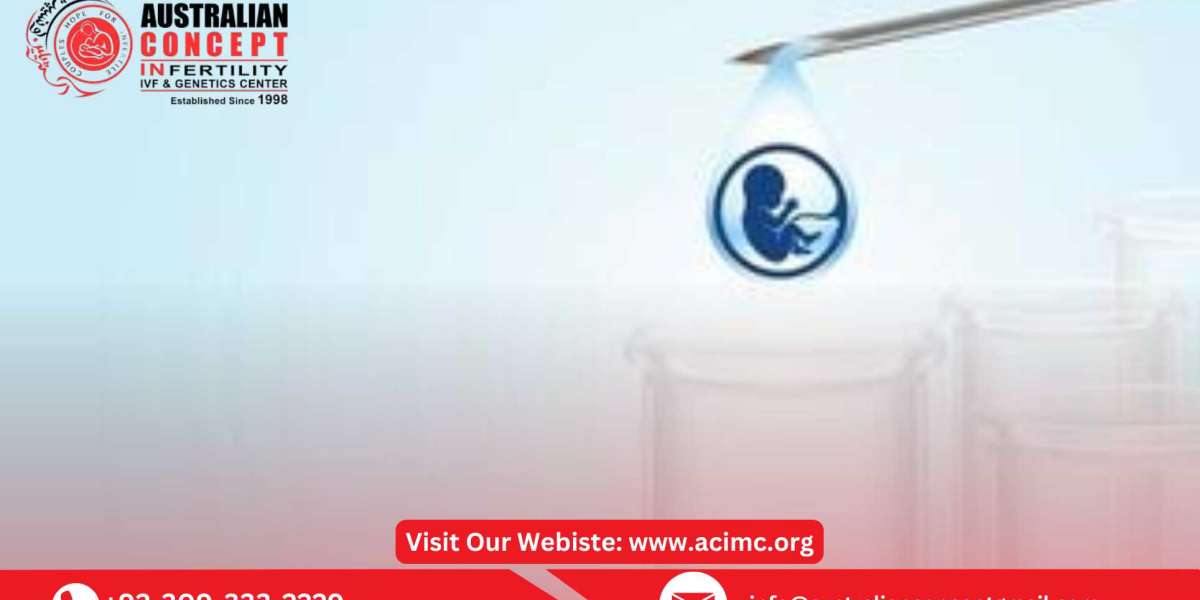In the world of assisted reproductive technology (ART), two of the most talked-about treatments are the test tube baby method (commonly known as IVF) and ICSI (Intracytoplasmic Sperm Injection). While both aim to help couples conceive, they differ in technique, purpose, and success rates. Understanding these differences can help couples choose the most effective option for their fertility journey.
What Is the Test Tube Baby Method?
The term “test tube baby” refers to In Vitro Fertilization (IVF), a process where:
A woman’s eggs are retrieved from her ovaries.
These eggs are mixed with sperm in a lab dish.
The fertilized embryo is then transferred into the uterus.
IVF mimics natural fertilization but takes place outside the body. It’s commonly used when there are issues like blocked fallopian tubes, ovulation disorders, or unexplained infertility.
What Is ICSI?
Intracytoplasmic Sperm Injection (ICSI) is a specialized form of IVF that involves:
Extracting a single healthy sperm.
Injecting it directly into an egg using a fine needle.
Transferring the resulting embryo into the uterus.
ICSI is particularly effective for male infertility, such as low sperm count, poor sperm motility, or abnormal sperm shape. It helps bypass the natural barriers that sperm may struggle to overcome.
Key Differences Between ICSI and Test Tube Baby Method
| Feature | Test Tube Baby (IVF) | ICSI |
|---|---|---|
| Fertilization | Sperm placed near egg to fertilize naturally | Sperm injected directly into the egg |
| Best for | Female infertility, unexplained infertility | Male infertility |
| Technique | Less intervention | Highly specialized and manual |
| Use of sperm | Requires a good number of motile sperm | Requires only one good sperm per egg |
Comparing Success Rates: ICSI vs. IVF
The overall success of both treatments depends on various factors such as age, egg quality, sperm health, and clinic expertise. However, some general observations include:
Fertilization Rate:
ICSI typically results in higher fertilization rates compared to standard IVF. It ensures that the sperm enters the egg directly, reducing the chances of failed fertilization.Pregnancy Rate:
Studies show that ICSI has similar or slightly better pregnancy rates compared to traditional IVF, especially in cases of male infertility.Live Birth Rate:
The live birth rate per cycle is usually comparable between ICSI and IVF, but ICSI may lead to higher success in couples where previous IVF cycles failed.Embryo Quality:
ICSI can improve the chances of embryo development when sperm quality is poor. However, the technique itself does not guarantee better embryo quality.
When Is ICSI Recommended Over IVF?
ICSI is usually recommended in the following cases:
Severe male factor infertility
Previous IVF failure due to poor fertilization
Use of frozen sperm or surgically retrieved sperm
Limited number of eggs available for fertilization
If there’s no significant male infertility, many clinics still offer ICSI for added assurance of fertilization, but it may not always be necessary.
Risks and Considerations
While ICSI is safe and widely used, it is slightly more invasive and costly than traditional IVF. Some studies have raised concerns about slightly higher chances of genetic abnormalities, though these risks remain low.
For IVF, the risk of failed fertilization is slightly higher when sperm is weak, which is why many couples with male infertility opt for ICSI to avoid disappointment.
Conclusion:
Both ICSI and the test tube baby method are highly effective fertility treatments. The best choice depends on the underlying cause of infertility.
ICSI offers higher fertilization success in cases of male infertility and can rescue cycles that may otherwise fail with standard IVF.
IVF remains a proven choice for many couples dealing with female reproductive issues or unexplained infertility.
Consulting with a qualified infertility specialist can help determine which method offers the best chance of success based on your unique condition.








